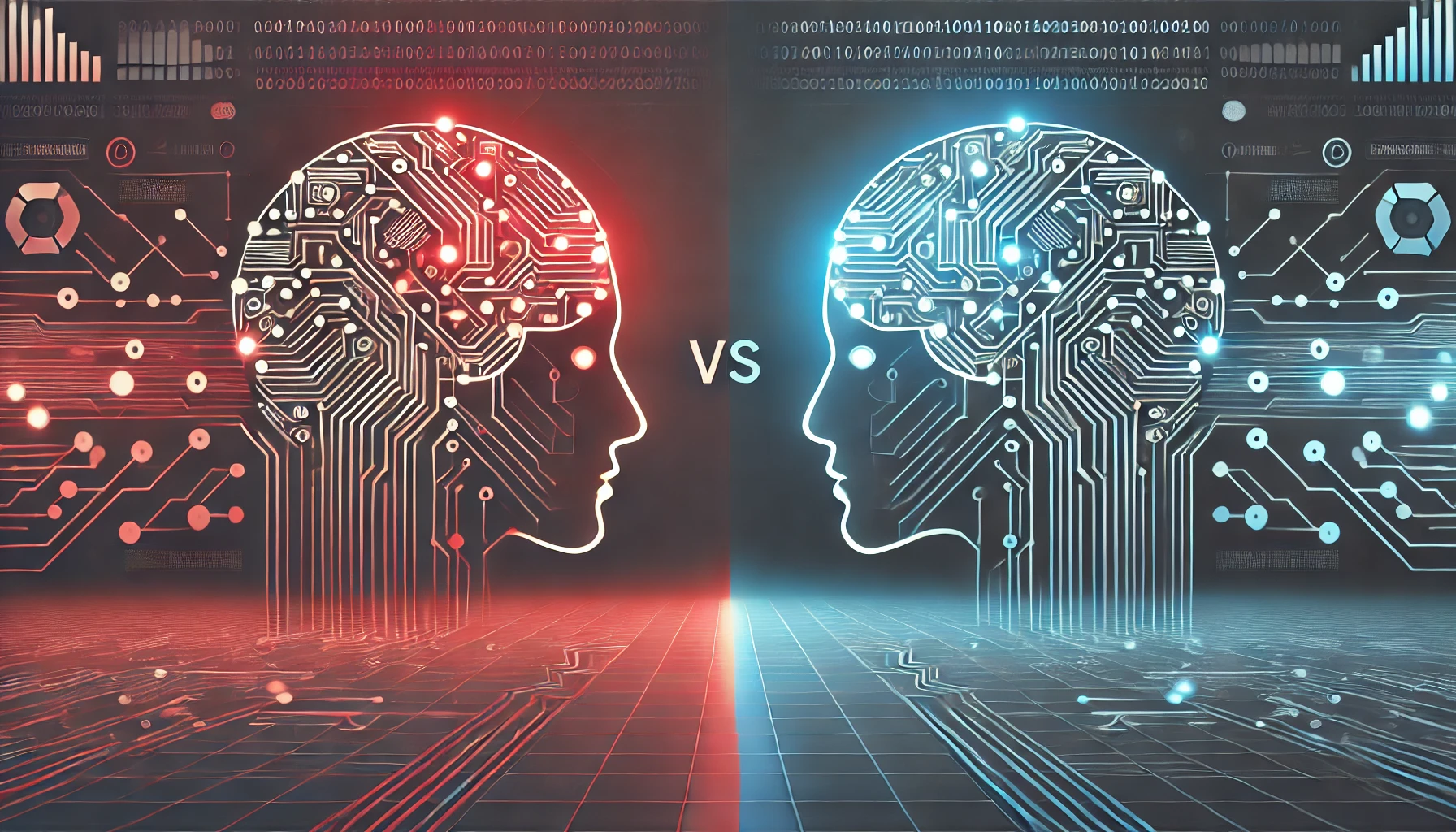Introduction
Artificial Intelligence is no longer just a tool for defense — it has become a weapon. In 2025, cybersecurity researchers are seeing the rise of AI-powered attacks that can exploit systems faster, adapt in real time, and even deceive other AI models. These so-called Zero-Day AI Threats represent a new frontier in cyber warfare, where machine battles machine.
How AI-Powered Attacks Work
Unlike traditional malware, AI-driven attacks can learn, adapt, and optimize their behavior based on the target’s defenses. Attackers are training machine learning models to automatically detect vulnerabilities and exploit them faster than any human could.
- Autonomous scanning: AI crawlers map attack surfaces and detect unpatched systems in seconds.
- Adversarial learning: Attack models are trained to fool security algorithms and evade detection.
- Adaptive payloads: Malware dynamically changes its signature and behavior to bypass endpoint protection.
- AI phishing: Generative models create perfectly personalized phishing emails, voice calls, and even video deepfakes.

What Are Zero-Day AI Threats?
Zero-Day AI Threats refer to attacks that exploit previously unknown vulnerabilities — but now powered by AI to discover and weaponize them autonomously. In some cases, AI tools are being used to generate entire exploit chains faster than defenders can patch them.
The worrying part: AI models can also identify new zero-days by analyzing code patterns across open-source repositories, bug bounty data, and public exploits.
- AI-driven reconnaissance: Identifies unknown weak points across software ecosystems.
- Automated exploit generation: Converts vulnerability findings into working payloads.
- Real-time weaponization: Launches attacks and adapts based on system feedback.
🧠 When AI Fights AI
Defenders are also using AI — and this arms race has already started. Modern security systems use machine learning to detect anomalies, predict attacker behavior, and automatically respond to threats. The result: AI vs. AI warfare, where both sides continuously evolve to outsmart each other.
- Attackers use AI to hide patterns → defenders use AI to detect them.
- Attack models poison training data → defenders deploy data validation pipelines.
- Adaptive malware learns → detection models retrain in real time.
Defense Strategies for the AI Era
- Adversarial testing: Continuously test AI models against simulated attack scenarios.
- Model explainability: Use interpretable AI to detect abnormal decision-making patterns.
- Real-time model monitoring: Implement anomaly detection to spot manipulated outputs.
- AI governance: Define policies for how AI can access data, interact with systems, and take actions.
- Human oversight: Keep humans in the loop for critical actions, especially automation workflows.
Key Takeaways
- AI is transforming both offense and defense — faster than regulations can adapt.
- Zero-day AI threats can find and exploit vulnerabilities autonomously.
- Security teams need AI-driven defense with human validation and governance.
Conclusion
The era of machine-versus-machine cybersecurity has begun. Attackers are using the same tools defenders rely on — but without ethical limits. The only sustainable defense is to combine adaptive AI defenses with transparent governance and human control.
The question is no longer if AI will attack — but whether we’re ready when it does.



Schreibe einen Kommentar